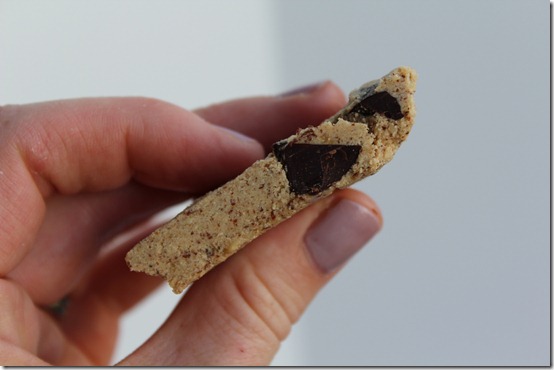Some thoughts and discussions from me.

Good morning, friends! Woohoo! I’m super excited for everyone who signed up for my macronutrient cycling boot camp yesterday! After the first launch day, we are already more than 50% full. If you’ve been waiting for the right program to come your way, this is it. If you’re still on the fence, you’ve got a week before sign ups close! 🙂
Today I wanted to talk about a topic that’s actually related to my online boot camp in that it is a big part of our nutrition portion for it. Macronutrient cycling, and why it’s good to take a phased out approach.
When nutrition coaching with most of my clients, I first emphasize a whole foods, habit-based approach, and then take an IIFYM (if it fits your macros) approach interwoven in the coaching. I find that while this promotes eating a nutrient-rich, healthy diet, it also allows for the occasional favorite treat. This allows you to still stay ‘on plan’ while having some flexibility.
Of course, I am NOT a trainer that will require all of my clients to count and track every last gram. While that works great for some, it drives others batty. So, I offer a couple different routes – and there’s truly no wrong way to do it. (Also, tracking macronutrients down to the gram should only be done temporarily, and isn’t a sustainable way to live, in my humble (and, erm, expert) opinion.) I am never a proponent of a severely strict and rigid approach – with training nor nutrition. That said, I do expect compliance, commitment, and consistency from my clients.
Taking a Phased Approach to Carbohydrate Cycling
More often than not, we also take a phased out approach to macronutrients. This means the amount of protein, carbohydrates, and fat that a client starts with, is not the same as it is 2, 4, or 8 weeks later.
Now, no two clients are alike in terms of nutrition, and I will never give blanket macronutrient guidelines, even with my group programs.
However, we typically start with your base intake for your goal (which in the case of this program, the goal is typically fat loss.) I use my own formula that takes into consideration your age, weight, body type, level of motivation to reach said goal, activity level, etc. to figure this intake. If we’re using grams, it’s a number, and if we’re using guidelines, it’s, well, a guideline.
Most other macronutrient-based programs out there give you one set of macronutrients to follow, with no adjustments or recalculations. But our body adjusts and adapts and what might have been awesome and working for us earlier might not be the best for us now.

For example, in Peak Physique, we’ll start out around the same split (but never exactly the same.) The goal in this case is to facilitate fat loss, increase insulin sensitivity, and see how your body responds to the programming. Then, every two to three weeks, you’ll get adjusted macronutrient guidelines. This is what I mean by taking a phased out approach to carbohydrate cycling. As I get to know your body a little bit better – how it responds to its current nutrition, the training program your carbohydrate tolerance, etc., we’ll make adjustments and customizations to get you better results and feeling great.
The reasoning for this is three-fold:
- To help increase insulin sensitivity
- To keep you progressing toward your goals
- To find your “sweet spot” when it comes to your macronutrient split (where you perform and feel optimally while reaching your goals)
Helping women gain strength and improve body composition is one of my favorite things. Along with the workouts, this is what my phased out approach to macronutrient cycling does. This is my wheelhouse. Honestly, with a focus of fat loss, this is THE best program I’ve offered, and this will be the last time I offer it at this price.
If you have any questions regarding carbohydrate cycling, please let me know! yourtrainerpaige@gmail.com
Have you ever used carbohydrate cycling to achieve your goals? What was your experience?


Hey Paige, could you explain what it means to be carb tolerant vs. intolerant (fat tolerant?)? Perhaps this could be a blog topic. Thank you!! 🙂